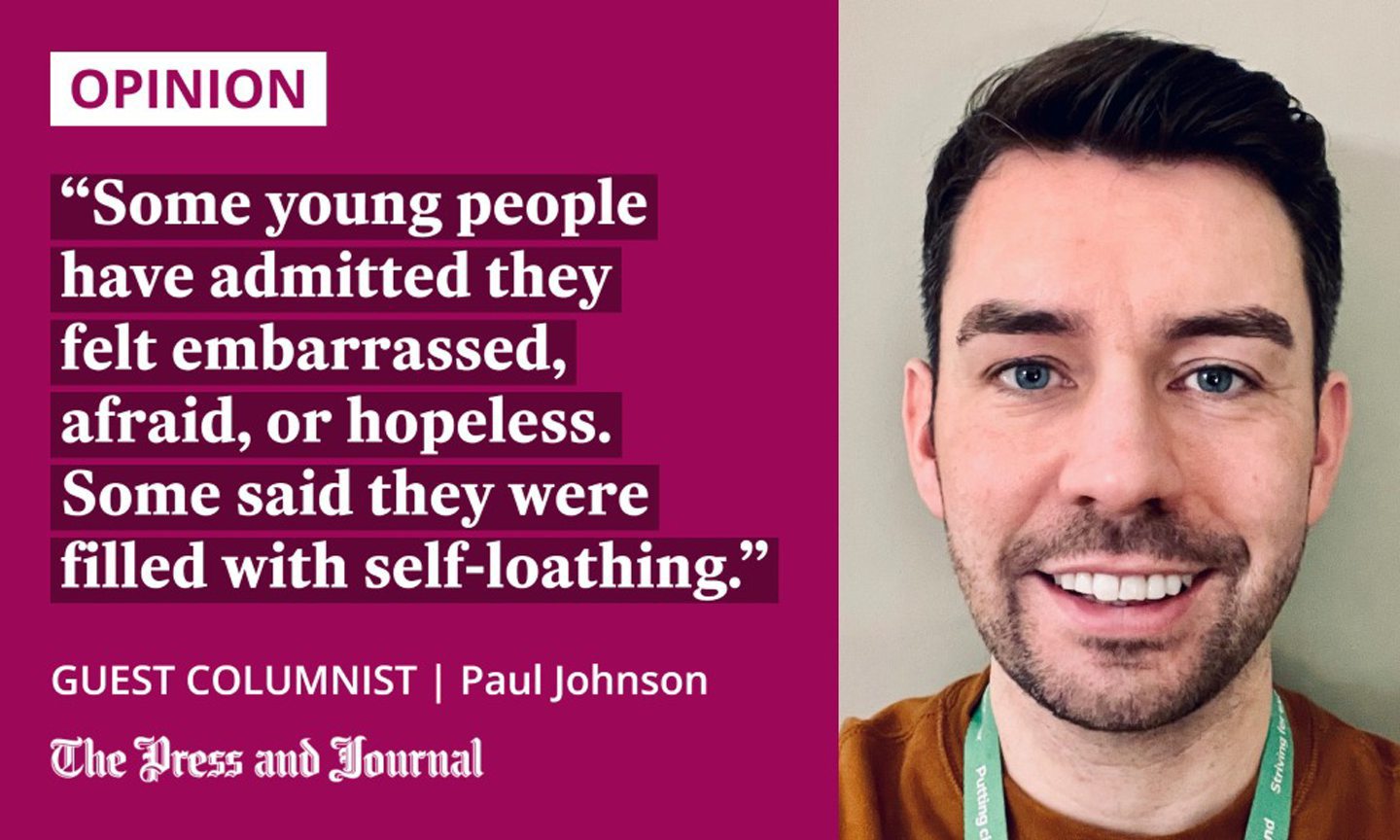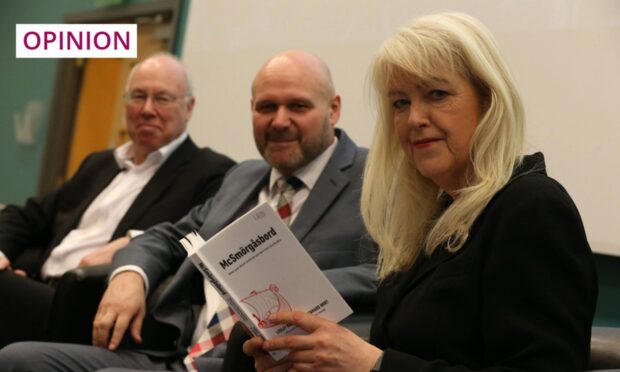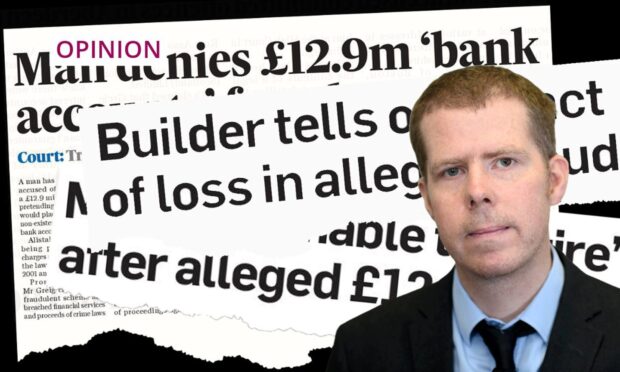In recent years, parents and carers have seen their children spending an increasing amount of time online due to the pandemic and kids not being able to interact with their family and friends face to face.
But, as we have returned to some normality, there’s little sign of internet use levels changing, as technology remains a hugely important part of our lives.
We know that the online world can be a rich resource for children, and a great way of keeping in touch with loved ones. However, it’s important that we help them to understand the risks as well as the benefits every time they log on.

Here at Childline, we often hear from young people that they have shared images or videos of themselves, including nude and sexual ones, with a partner or a friend, which they are worried may be shared without their permission.
There are many reasons why a young person may share a sexual image of themselves. For example, they may share it for fun, to a boyfriend or girlfriend, or they may have been groomed or blackmailed into it.
While the NSPCC and Childline supports young people with their worries about this issue, every year, thousands of self-generated images are also reported to the Internet Watch Foundation (IWF), and their research suggests that number is rising.
Report Remove allows young people to take back control
Our trained Childline counsellors know the devastating impact that the sharing of nude images can have on a young person. Some young people have admitted they felt embarrassed, afraid, or hopeless. Some said they were filled with self-loathing about what had happened, and others have turned to self-harm as a way of coping with their situation and their fears.
No young person should have to feel this way so, with the help of the IWF, we created a special tool to help children in this situation. Report Remove allows young people to report nude images or videos of themselves that have appeared online.
Once the report has been made, the IWF will then work to have the content removed if it breaks the law, and our Childline counsellors are there to ensure that all young people are supported throughout the process.
We want to do everything we can to help keep children safe from online abuse, but parents and carers can help too. Something as simple as having regular and open conversations with children about how they use the internet, and reminding them they can talk to you or Childline about anything they’re worried about could give them the confidence to speak up sooner rather than later.
Anyone under 18 can find details about Report Remove on the Childline website. Adults supporting young people with this issue can call the NSPCC Helpline on 0808 800 5000, or email help@nspcc.org.uk for help.
Paul Johnson is Childline team manager for Aberdeen











Conversation